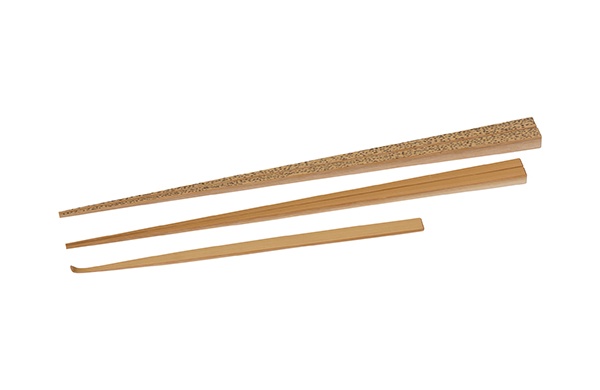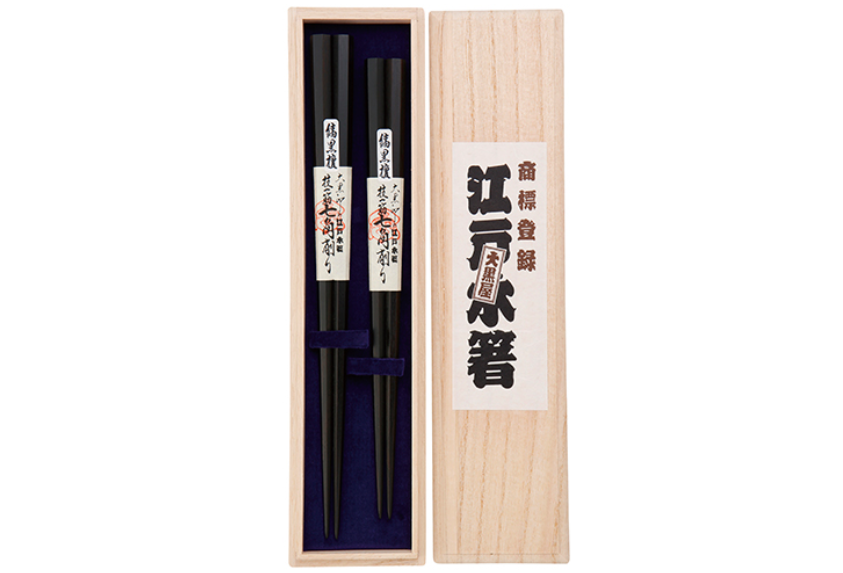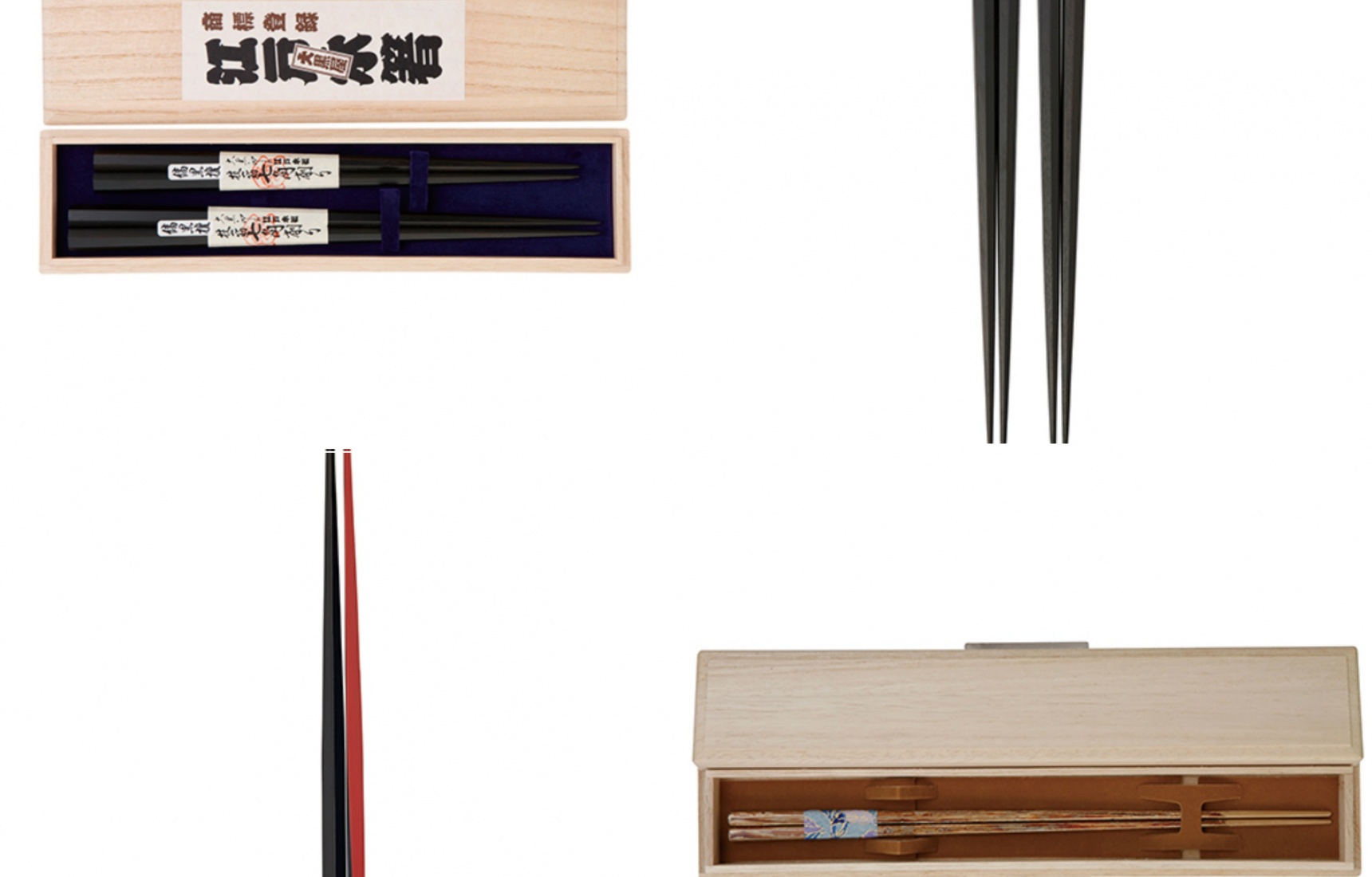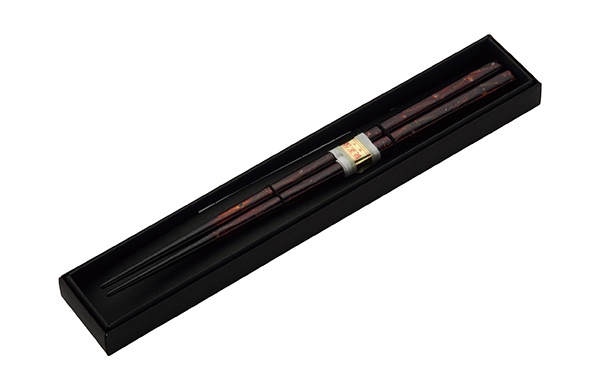5 Expert-Level Chopstick Sets
Chopsticks, or ohashi as they are locally known, are synonymous with Japanese cuisine, and the nation has long loved crafting its own smooth, attractive sets. Tokyo, Aomori, Fukui, Kyoto and Kagawa Prefectures all provide us with some unique, next-level sets. Which do you like best? Take you pick and settle into some sushi!
By AAJ Editorial Team5. Traditional Bamboo Chopsticks (Kyoto)

https://thewonder500.com/product/take-no-mimikakigokubosobashi-sagashikakubashi-bamboo-earpick-extremely-thin-bamboo-chopsticks-square-cut-chopsticks/?lang=en
Japanese people have been using bamboo since prehistoric times. They have utilized it mainly as a building material, but as tea culture flourished around the 14th century, bamboo became a popular material for making tea ceremony utensils.
This refined application greatly raised the status of bamboo. Compared with wood, its fibers are more elastic and strong. These Gokubosobashi Shiratake chopsticks and Take no Mimikaki ear pick take advantage of these outstanding properties of bamboo. The chopsticks are extremely thin and their tip is only 1.3 millimeters, making the removal of tiny fish bones, for example, an easy task.
Take no Mimikaki is an ear pick made of bamboo grown in Kyoto. Both products are carefully crafted by artisans highly skilled in the techniques of bamboo processing at a bamboo workshop in Kyoto, which is engaged in numerous projects for repair and preservation of national treasures and cultural properties. The exquisite and delicate finish of the products looks so natural in its beauty that it defies the concept of man-made art.
4. Heptagonal Macassar Ebony Chopsticks (Tokyo)

https://thewonder500.com/product/gokujyo-nanakaku-shimakokutan-fine-quality-heptagonal-macassar-ebony-chopsticks/?lang=en
Edo Kibashi chopsticks, prized for their functionality, are chopsticks handmade from choice woods such as ebony, red sandalwood, ironwood, boxwood or maple, with the company making the most of the wood’s quality.
Chopsticks are personal items that people use every day. That's why the greatest appeal of Edo Kibashi chopsticks is that they come in all shapes and sizes in a range of thicknesses, lengths, and weights. In particular, Gokujyo Nanakaku Shimakokutan (Heptagonal Macassar Ebony) chopsticks are a standard favorite, easy to hold and easy to eat with.
Chopsticks are held with three digits: the thumb, the index and middle fingers. That's why chopsticks with an odd number of sides fit comfortably in the hand. However, because odd-sided chopsticks do not have parallel sides, whittling them requires a high level of skill. These chopsticks are whittled into a heptagonal shape from the wide end up to 1 millimeter from the tip. The tip is further whittled down to achieve ultimate functionality.
3. Tsugaru-nuri Mille-Feuille Hosobashi (Aomori)

https://thewonder500.com/product/tsugaru-nuri-mille-feuille-hosobashi-thin-chopsticks-coated-with-numerous-thin-layers-of-tsugaru-lacquer/?lang=en
Tsugaru-nuri is a traditional craft from Aomori Prefecture that has been passed down since the early Edo Period (1603-1867). Tsugaru-nuri Mille-Feuille Chopsticks were actually created by accident through an error in the kara-nuri process, a traditional method where colored lacquer is repeatedly applied and polished to produce an abstract, colorful pattern.
These chopsticks are created using a technique unique to Kobayashi Shikki. Colored lacquer is applied numerous times in multiple layers like mille-feuille, and polished to produce a metallic quality. Though the chopsticks have a rusty metallic appearance, they are actually made from soothing wood and lacquer. The polished lacquer texture and unique shine give the chopsticks an attractive allure.
2. Niko-ichi 'Two Make One' Chopsticks (Kagawa)
This pair of chopsticks is made from cutting a cuboid natural tree diagonally. The shape, which lives up to the name nico-ichi (“two make one”), is made from a new and unprecedented design. In addition to the original “picking things up” role of the chopsticks, this new shape adds the scooping functionality of a fork and the cutting functionality of a knife.
The tips of the chopsticks are cut into triangular, pyramid shapes and are easy to use for first-time chopstick users. Using a Sanuki lacquer technique, these chopsticks are beautiful tools created with Japanese aesthetic sense and traditional craft techniques, yet with a new sensibility.
1. Wakasa Lacquered Chopsticks (Fukui)
Wakasa lacquerware was thought to have originated in the early 17th century when lacquerware from China was emulated and manufactured in Japan, and has been produced in the city of Obama in Fukui Prefecture ever since. In 1978, it was designated as a Traditional Craft of Japan.
Wakasa lacquerware chopsticks are lacquered and adorned with seashells, eggshells or other decorations, lacquered for color and applied with gold leaf, lacquered again numerous times, and then resurfaced and glossed in a process that takes roughly a year to complete. The total 20-step process isn't delegated to different individuals, but performed by only one craftsperson.
It is not just the lacquer’s luster, but how it feels in the hand that marks the appeal of Wakasa lacquerware chopsticks. These are practical products that stand up well to heat and moisture, but while they are robust, it can also be said that they have a beauty like a work of art. Diners will certainly enjoy Japanese cuisine eaten with lacquered chopsticks, a tradition of Japanese culture.






